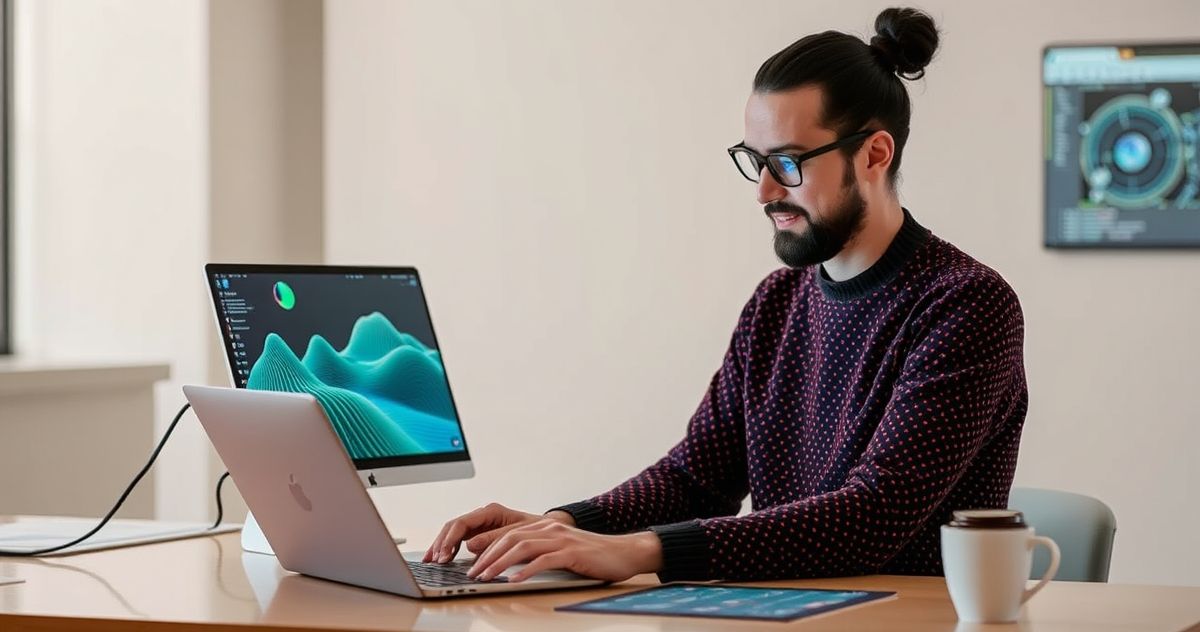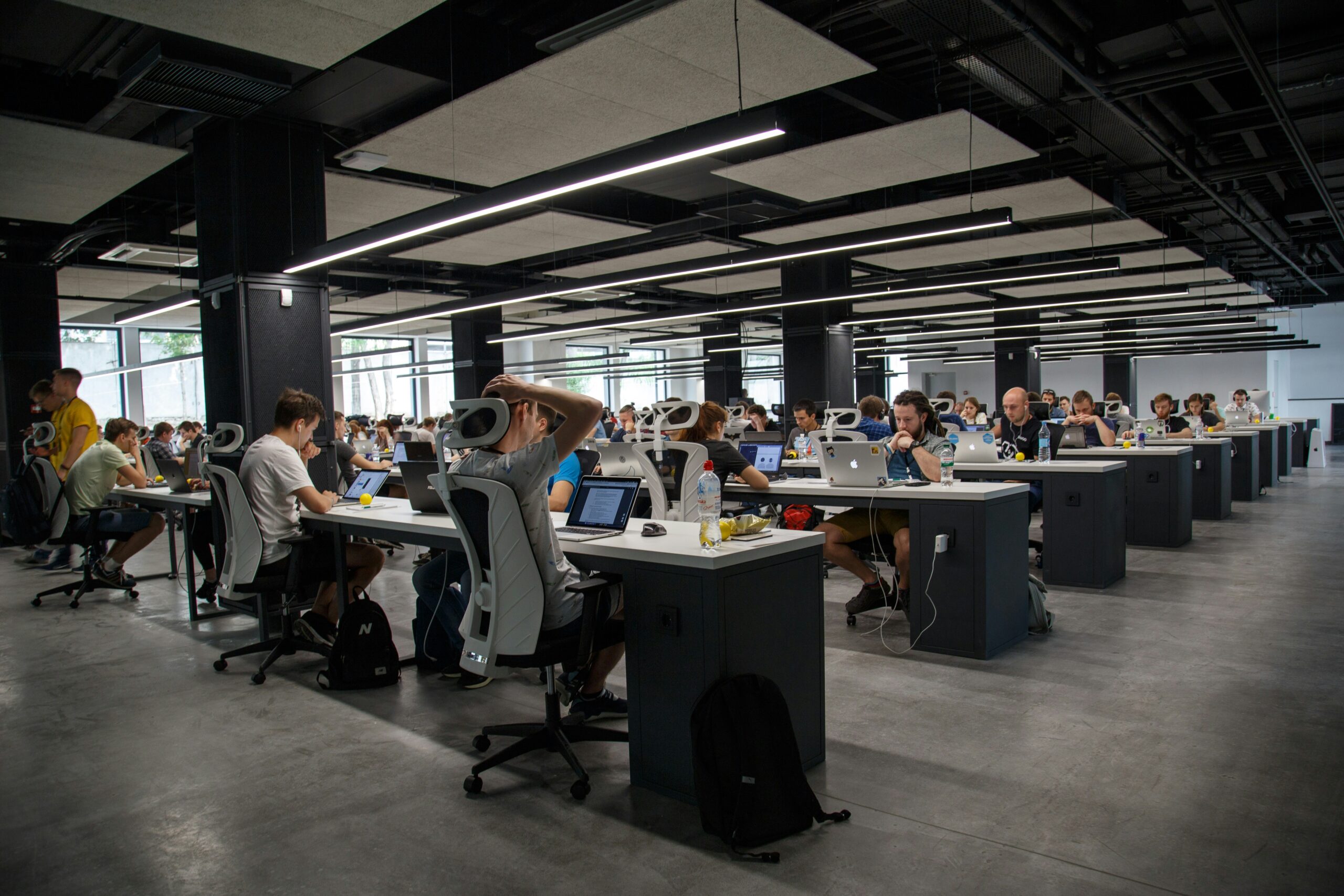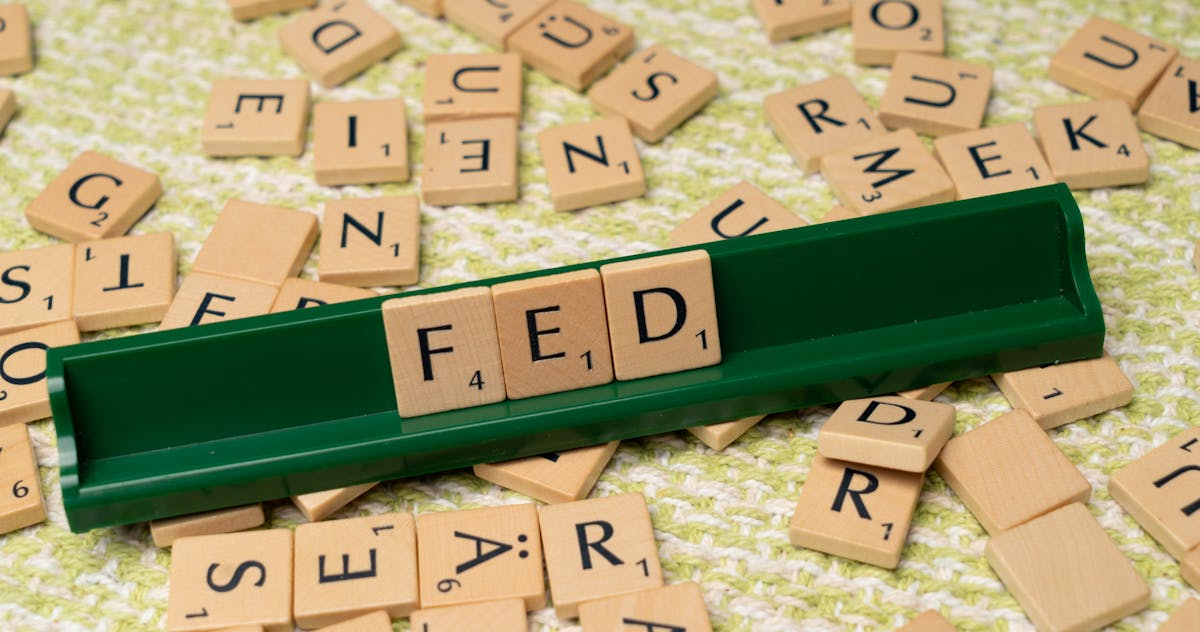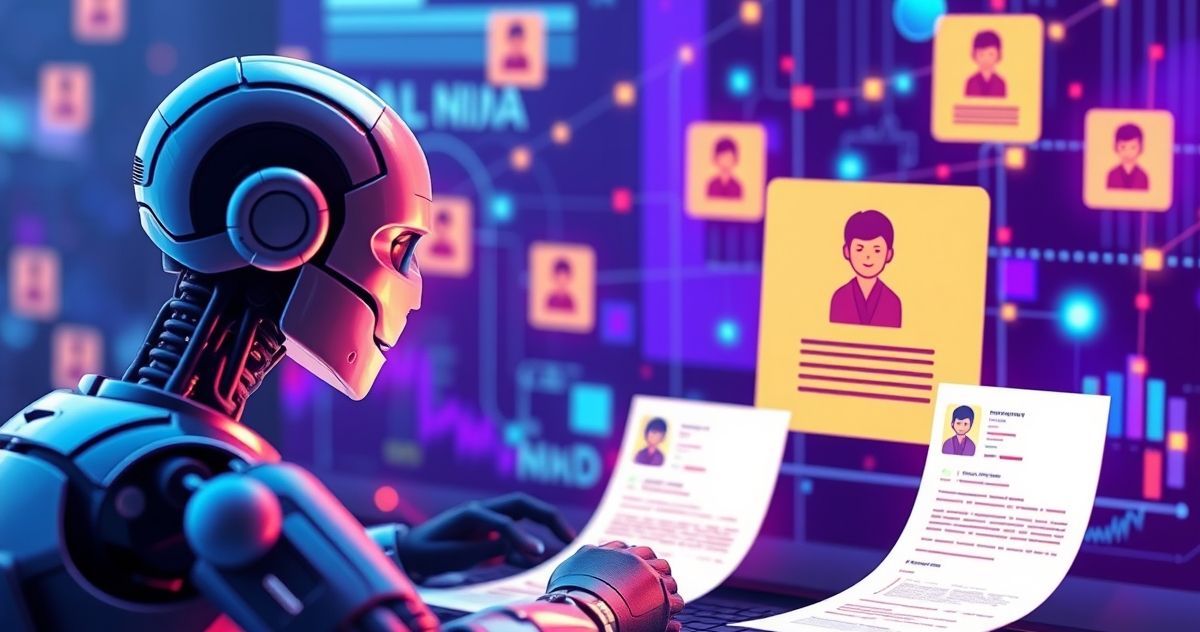Generative AI in the workplace is making headlines — and not just for writing emails or creating digital art. From marketing teams using tools like ChatGPT, to designers experimenting with DALL·E, Midjourney, or Runway, the line between human and machine-generated creativity is blurring fast.
But here’s the big question: Is generative AI a tool that empowers us, or a threat that will replace human creativity altogether?
What Is Generative AI, Really?
Generative AI refers to models that can create new content — text, images, code, video — that mimics what a human might produce. These models are trained on massive datasets and can generate unique outputs based on prompts.
Popular tools include:
- ChatGPT and Claude for text generation
- DALL·E, Midjourney, and Stable Diffusion for visual content
- Runway for video editing and effects
- GitHub Copilot for code assistance
These tools are now integrated into the workflows of writers, artists, coders, and marketers across industries.
Is Human Creativity at Risk?
Generative AI can help speed up ideation, generate content drafts, and assist with repetitive tasks, but that doesn’t necessarily mean it’s replacing creativity. In fact, many professionals are using it as a collaborative tool — think of it like an intern who never gets tired.
However, some creative roles are definitely feeling the heat:
- Copywriters are seeing increased automation of ad and email copy
- Designers are being challenged by AI-generated visuals
- Video editors are using AI tools that automate color grading, transitions, and even deepfakes
What was once a manual, hours-long creative process can now take minutes with the help of AI.
The Workplace is Evolving
According to McKinsey, up to 30% of hours worked in the U.S. economy could be automated by 2030, largely thanks to generative AI tools. But that doesn’t mean jobs will vanish — instead, job descriptions and skill needs are evolving.
Creative professionals who adapt by learning AI tools and focusing on strategy, originality, and emotional intelligence will remain irreplaceable.
Source: MCKINSEY
Human + AI > Either Alone
The most effective workplaces will blend human ingenuity with AI-powered efficiency. That means:
- Writers using AI for first drafts, but refining the final voice
- Designers using AI to brainstorm visuals, then adding personal flair
- Teams using AI to handle grunt work while humans focus on strategy
The future isn’t humans vs AI — it’s humans with AI.
What Should You Do Now?
- Learn the tools — Get familiar with at least one AI platform in your field
- Refocus on strategy — Creativity is more than output, it’s about solving problems
- Stay human — Empathy, cultural context, and critical thinking still belong to us
Generative AI in the workplace is here to stay. Whether it’s a threat or a tool depends on how you respond to it. If you embrace it, learn it, and evolve with it — it becomes a superpower.
Ignore it? You risk getting left behind.




